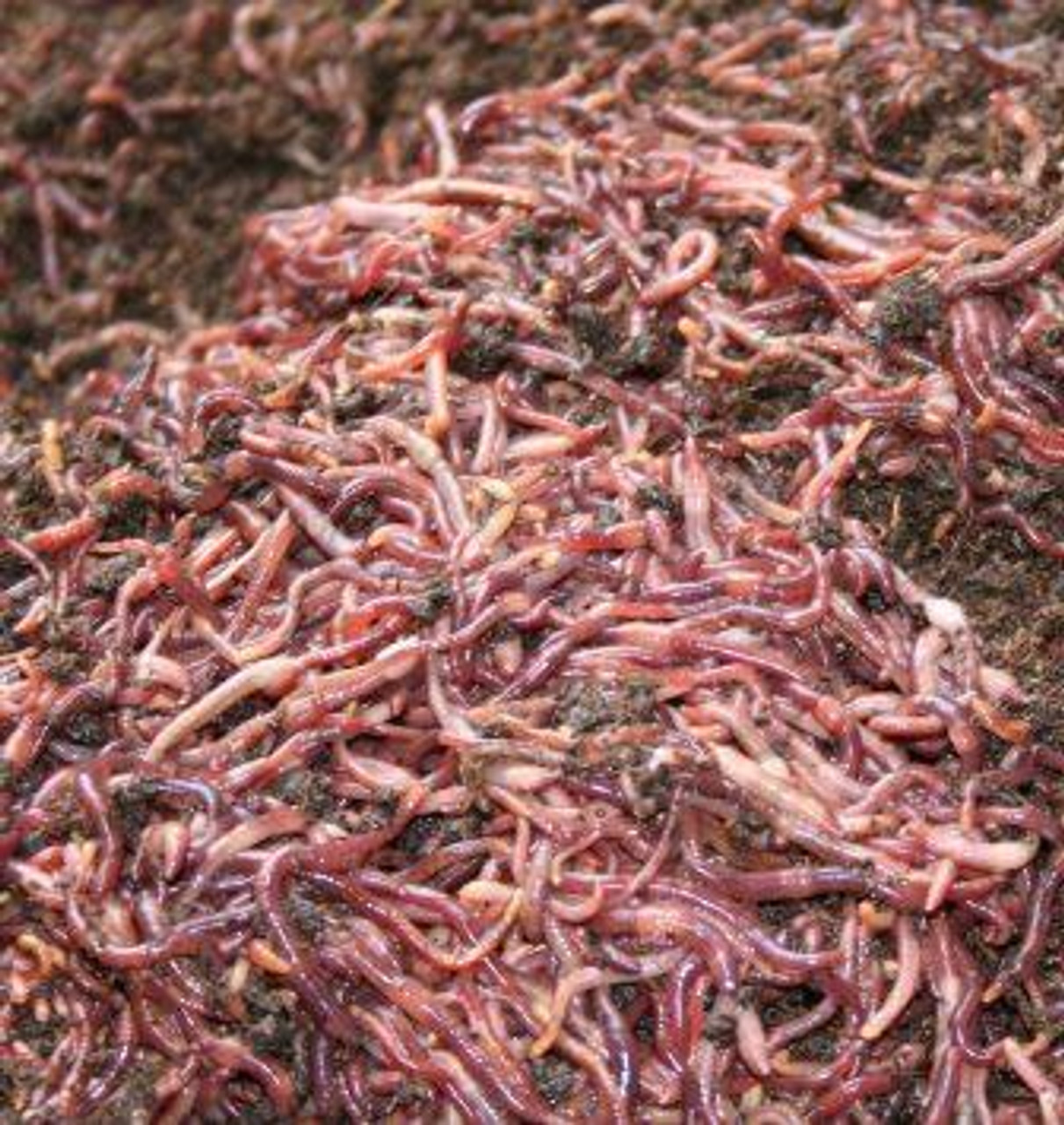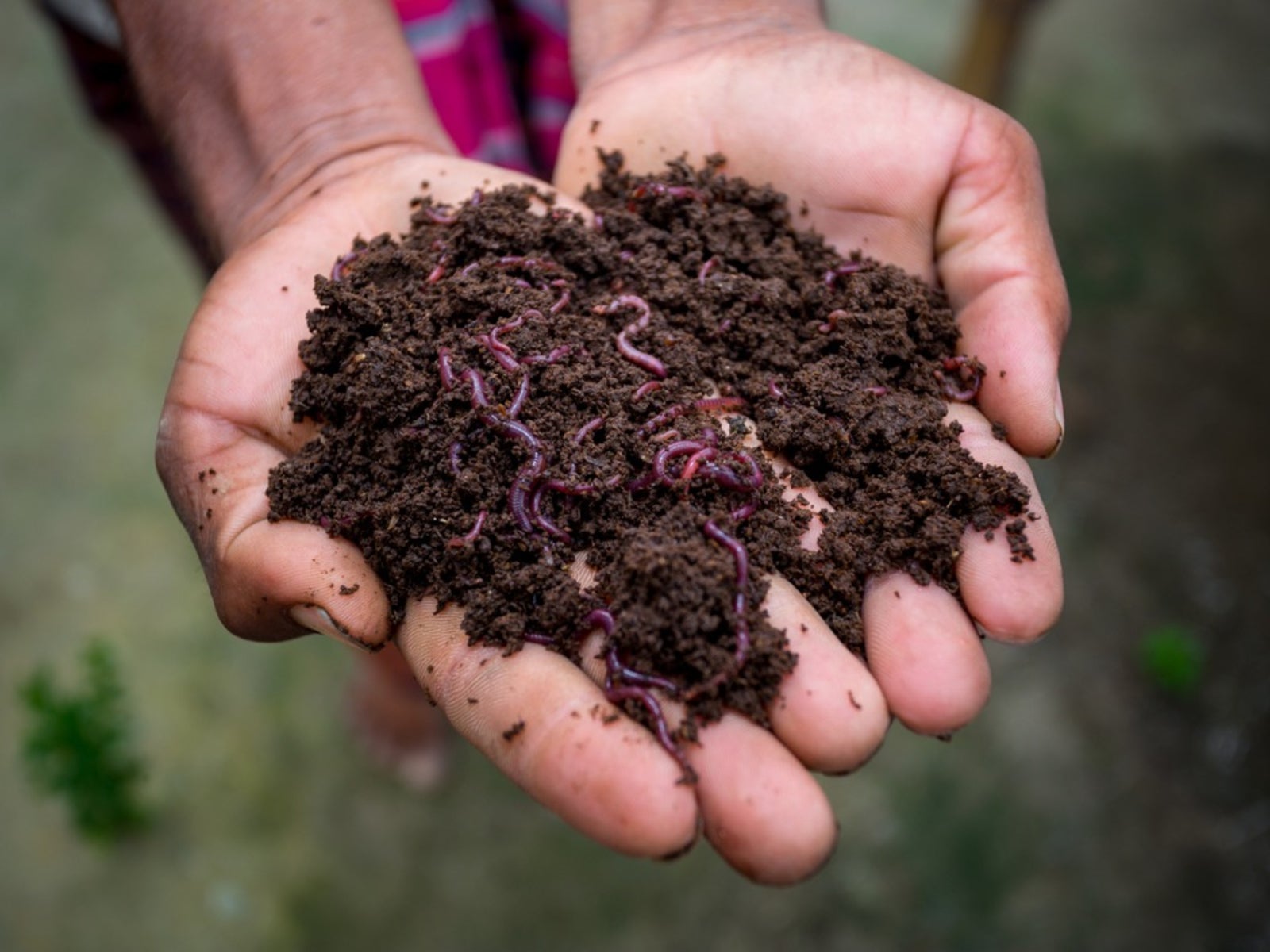Innovative Strategies in Red Wiggler Composting to Enhance Your Plant food
Innovative Strategies in Red Wiggler Composting to Enhance Your Plant food
Blog Article
Utilizing the Power of Red Wiggler Composting: An In-Depth Take A Look At the Environmental and Agricultural Advantages of This Natural Waste Decrease Approach
The practice of red wiggler composting stands for an engaging junction of ecological stewardship and agricultural development, supplying a lasting solution to the expanding challenges of waste monitoring and soil degradation. With the all-natural process of vermicomposting, organic waste is transformed right into a beneficial resource that not just improves soil but likewise contributes to a considerable decrease in land fill contributions and greenhouse gas exhausts. As we check out the multifaceted benefits of this method, we reveal how it can reshape agricultural techniques and promote ecological recognition, triggering a better evaluation of its possible influence on our communities and neighborhoods.
What Are Red Wiggler Worms?
Red wiggler worms, medically referred to as Eisenia fetida, are a species of earthworm especially adjusted for composting and natural waste failure. These worms prosper in the nutrient-rich atmosphere of disintegrating natural matter, making them ideal for vermicomposting systems. Expanding to a size of approximately three to 4 inches, red wigglers are characterized by their reddish-brown coloration and distinctive banding patterns along their bodies.
Unlike other earthworm species, red wigglers favor to live in the top layers of dirt and organic debris, where oxygen levels are greater and food sources are bountiful. Their physical adjustments allow them to refine organic products effectively; they possess a strong digestion system that allows them to transform waste right into nutrient-rich castings, often referred to as "black gold" in horticulture and farming contexts.
Eisenia fetida plays a vital duty in the ecological community by helping with the decay process, enhancing dirt structure, and promoting microbial activity. Provided their special features and eco-friendly importance, red wiggler worms have come to be a central component in sustainable waste monitoring methods and organic horticulture initiatives, contributing dramatically to ecological health.
Advantages for Soil Health And Wellness
The addition of red wiggler worms in composting systems provides significant advantages for dirt health. These worms play an essential function in the decomposition procedure, breaking down natural matter right into nutrient-rich vermicompost. This all-natural plant food improves soil aeration, water, and framework retention, adding to a more positive setting for plant growth.
Vermicompost is abundant in important nutrients such as phosphorus, nitrogen, and potassium, which are important for plant growth (Red Wiggler Composting). The existence of valuable bacteria in vermicompost further promotes dirt health by improving nutrition accessibility and suppressing soil-borne microorganisms. This vibrant communication fosters a robust dirt ecosystem that supports lasting farming techniques
Additionally, red wigglers help with the formation of humus, a steady natural matter that boosts dirt fertility and strength. This increased natural web content not just enhances dirt texture yet also enhances its capability to withdraw carbon, alleviating environment adjustment effects.
Incorporating red wiggler composting right into farming systems can, therefore, cause healthier soils, higher crop yields, and improved sustainability. Because of this, accepting this natural waste reduction technique can generate extensive benefits for both the atmosphere and farming productivity.
Effect On Waste Reduction
Integrating red wiggler worms right into composting systems substantially minimizes waste, changing natural products that would otherwise add to land fills into valuable garden compost. This method, referred to as vermicomposting, effectively processes kitchen scraps, backyard waste, and other biodegradable materials, resulting in a considerable decrease in the volume of waste sent out to land fills. According to the Environmental Defense Firm, organic waste makes up a substantial section of garbage dump materials, creating dangerous greenhouse gases as it breaks down anaerobically.
By utilizing red wigglers, a very reliable composting agent, homes and services can divert a considerable quantity of natural waste from these garbage dumps. Each extra pound of red wigglers can refine and take in concerning half an extra pound of organic waste daily, causing an amazing reduction in general waste generation.
In addition, the application of vermicomposting assistances regional waste management efforts and advertises a round economy, in which waste is changed into a source. As communities progressively embrace this practice, the cumulative impact on waste reduction comes to be apparent, fostering an extra sustainable atmosphere and motivating accountable waste administration methods. Embracing red wiggler composting not just minimizes additional reading waste issues however also boosts area understanding concerning sustainable living.
Enhancing Agricultural Practices
Utilizing red wiggler worms in agricultural techniques can substantially boost dirt wellness and crop efficiency. These worms play an essential function in the composting process, damaging down natural issue into nutrient-rich vermicompost. This natural plant food boosts dirt structure, oygenation, and water retention, which are essential for durable plant development.
In addition, the castings produced by red wigglers are rich in necessary nutrients, such as potassium, nitrogen, and phosphorus, promoting much healthier plants with higher returns. The have a peek here microbial task promoted by these worms additionally contributes to a thriving soil ecosystem, enhancing biodiversity and resilience against bugs and illness.

Furthermore, making use of vermicompost can boost dirt pH degrees, making nutrients much more easily accessible to plants. Red Wiggler Composting. Therefore, farmers can grow much healthier crops while at the same time adding to soil conservation initiatives, ultimately developing a much more sustainable farming future
Obtaining Started With Composting
The main active ingredient in red wiggler composting is organic waste, which can include kitchen scraps, backyard waste, and paper products. This equilibrium cultivates an optimum environment for red wigglers, which are the vital organisms in this composting method.
Selecting a suitable composting system is equally important. Worm bins can be designed for outdoor or indoor use, and they ought to provide adequate water drainage and aeration. It is advised to start with a handful of worms-- roughly one pound of red wigglers for each one pound of waste generated weekly.

Verdict

The technique of red wiggler composting represents a compelling intersection of environmental stewardship and agricultural development, offering a lasting solution to the growing obstacles of waste administration and dirt deterioration.Furthermore, the application of vermicomposting supports neighborhood waste monitoring efforts and advertises a round economic climate, in which waste is changed into a source. As areas significantly adopt this method, the cumulative impact on waste decrease ends up being evident, fostering an extra lasting atmosphere and encouraging accountable waste monitoring techniques. The main active ingredient in red wiggler composting is organic waste, which can consist of kitchen scraps, backyard waste, and paper products.In summary, red wiggler composting presents a lasting remedy for natural waste management, yielding nutrient-rich vermicompost that substantially enhances dirt health and wellness.
Report this page